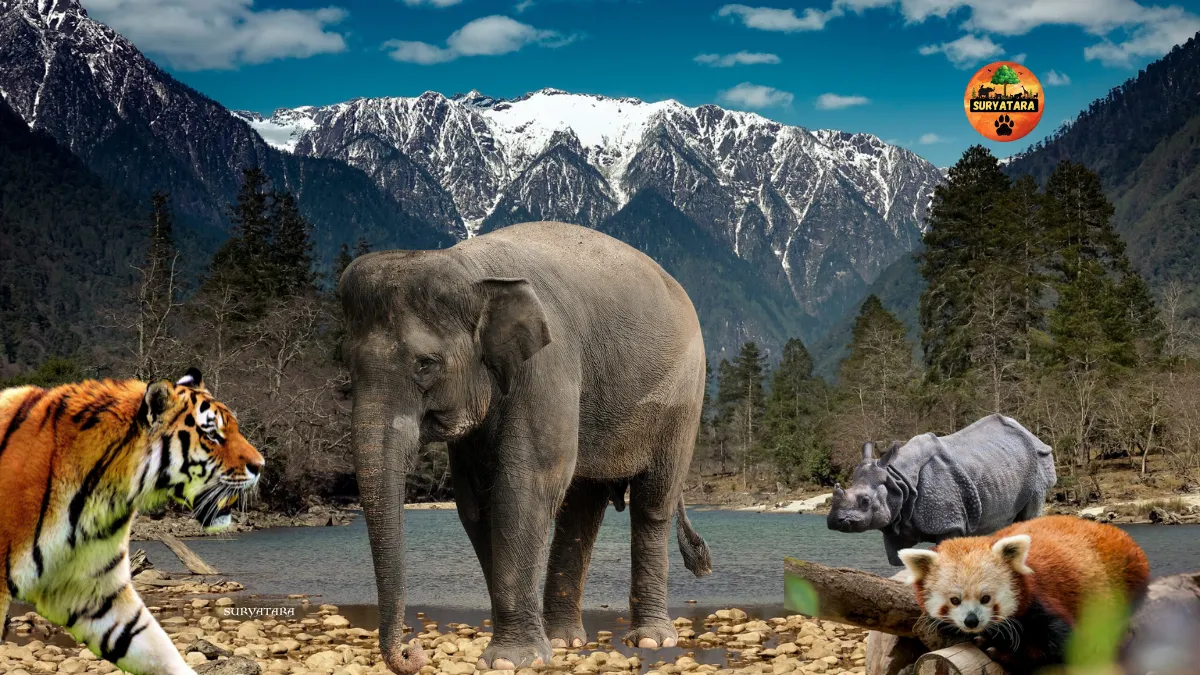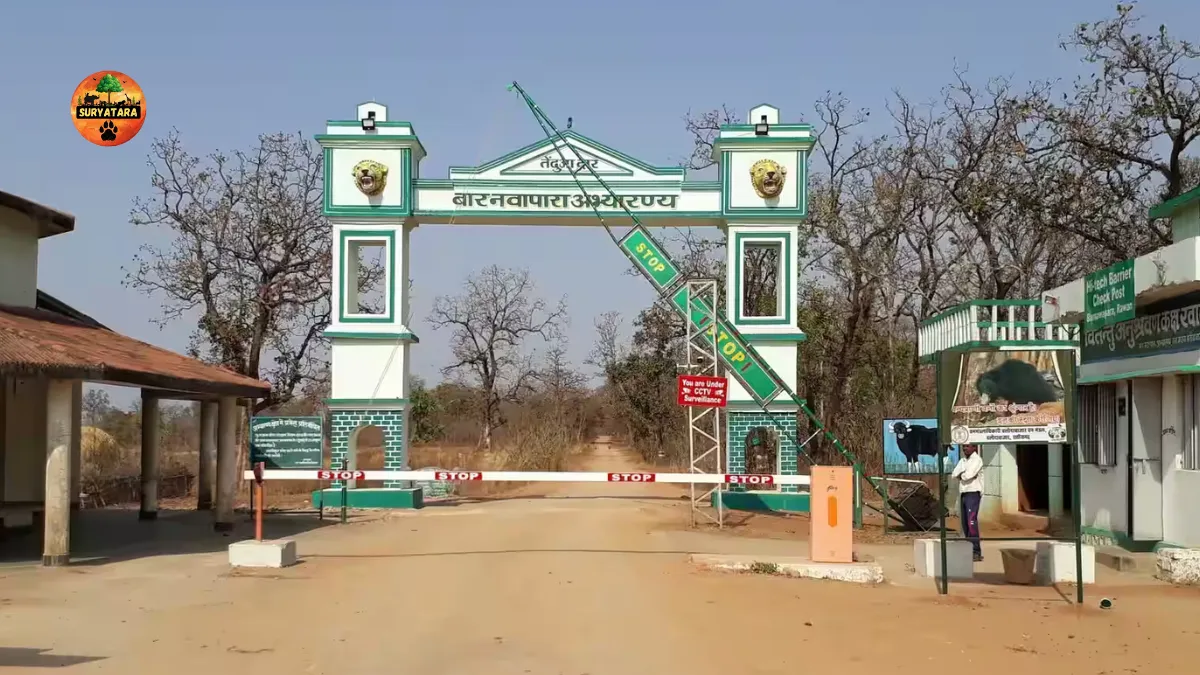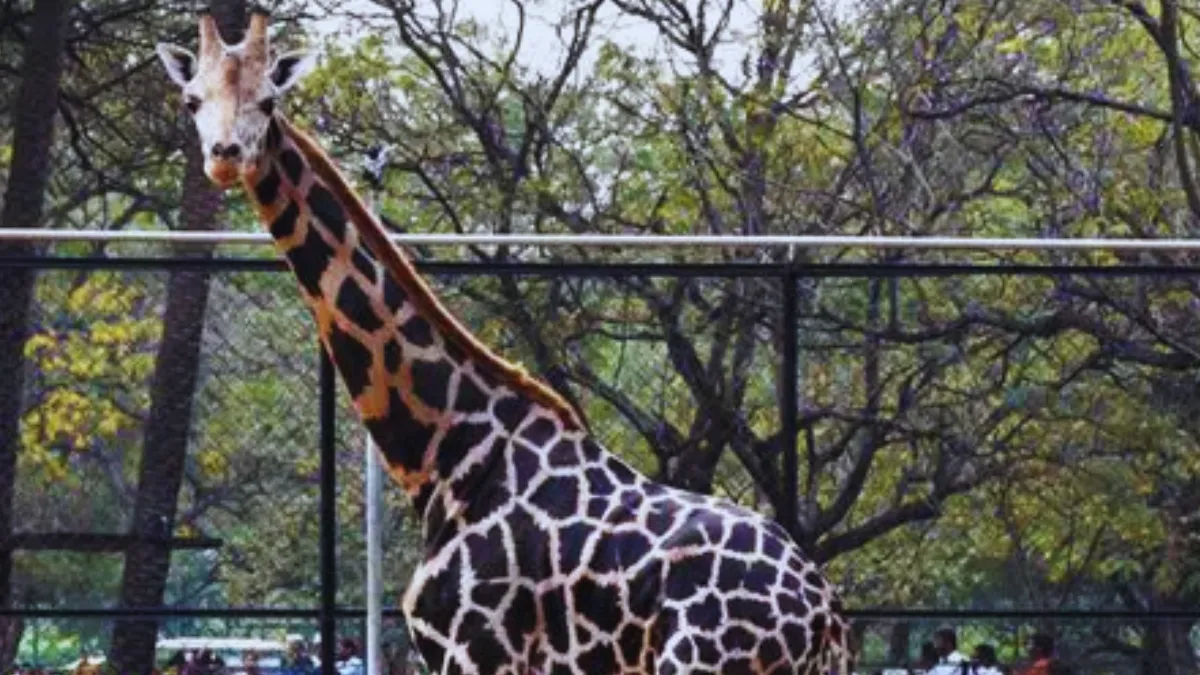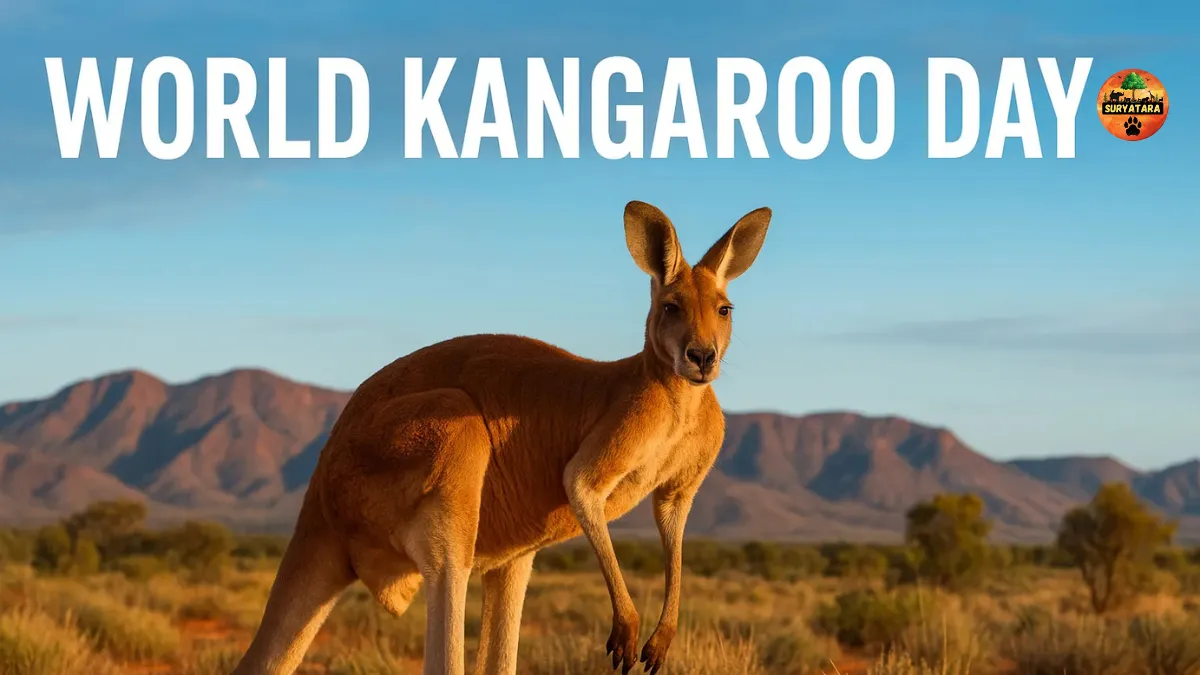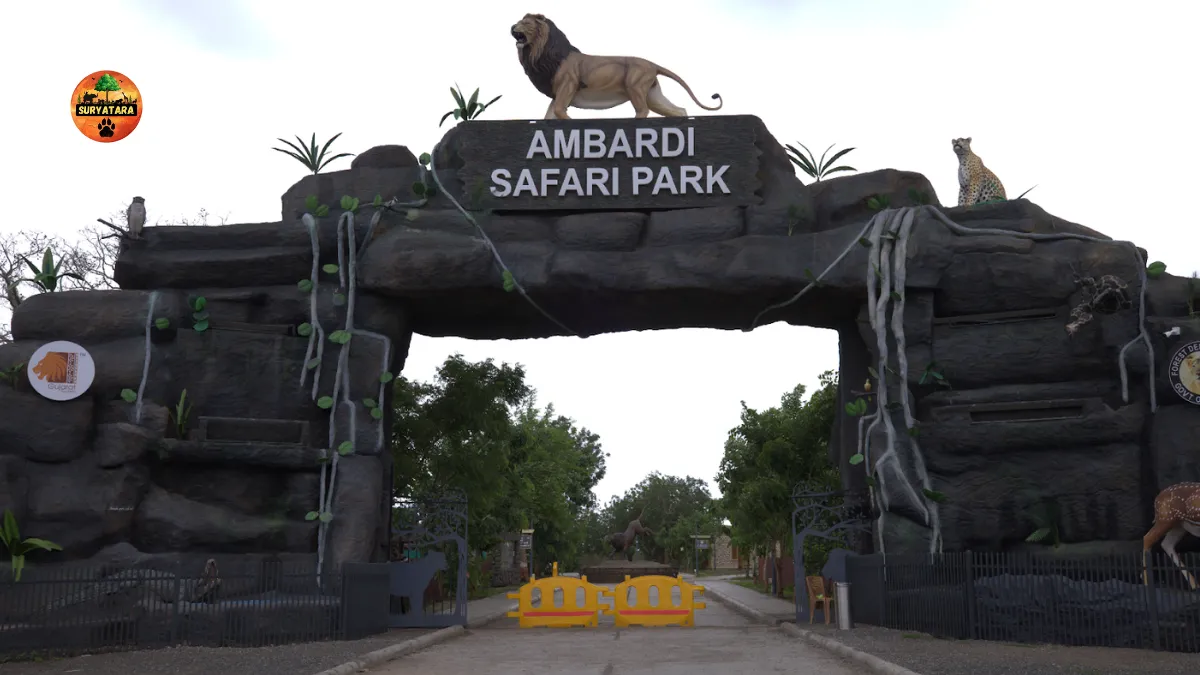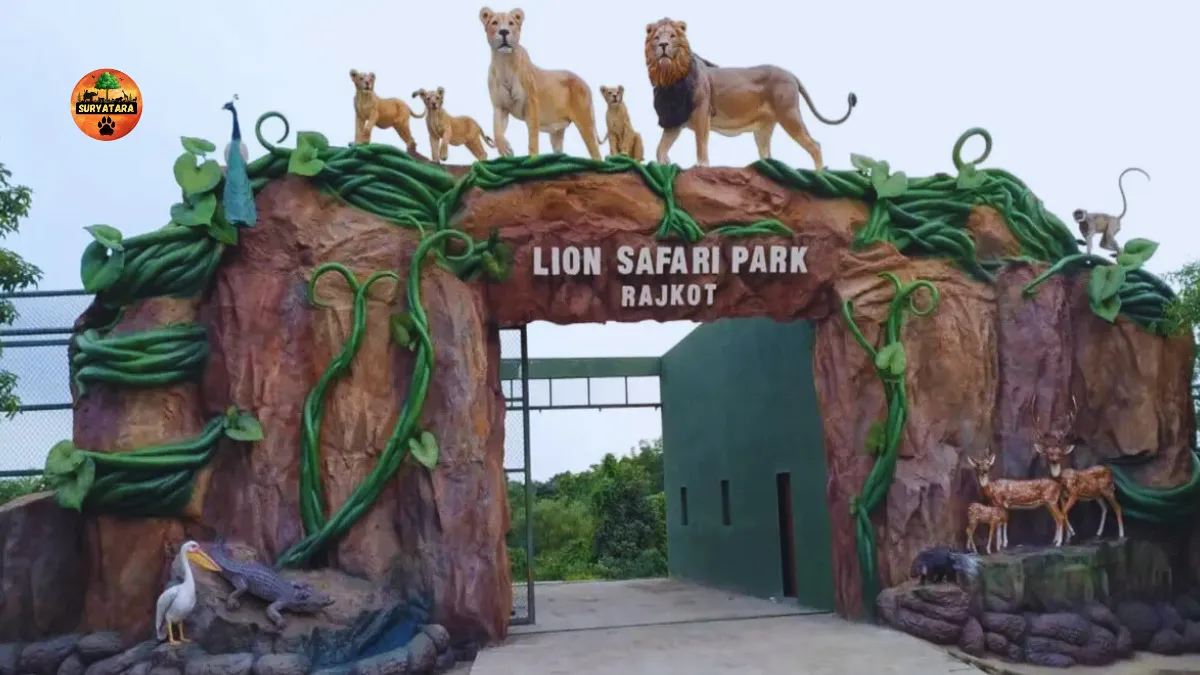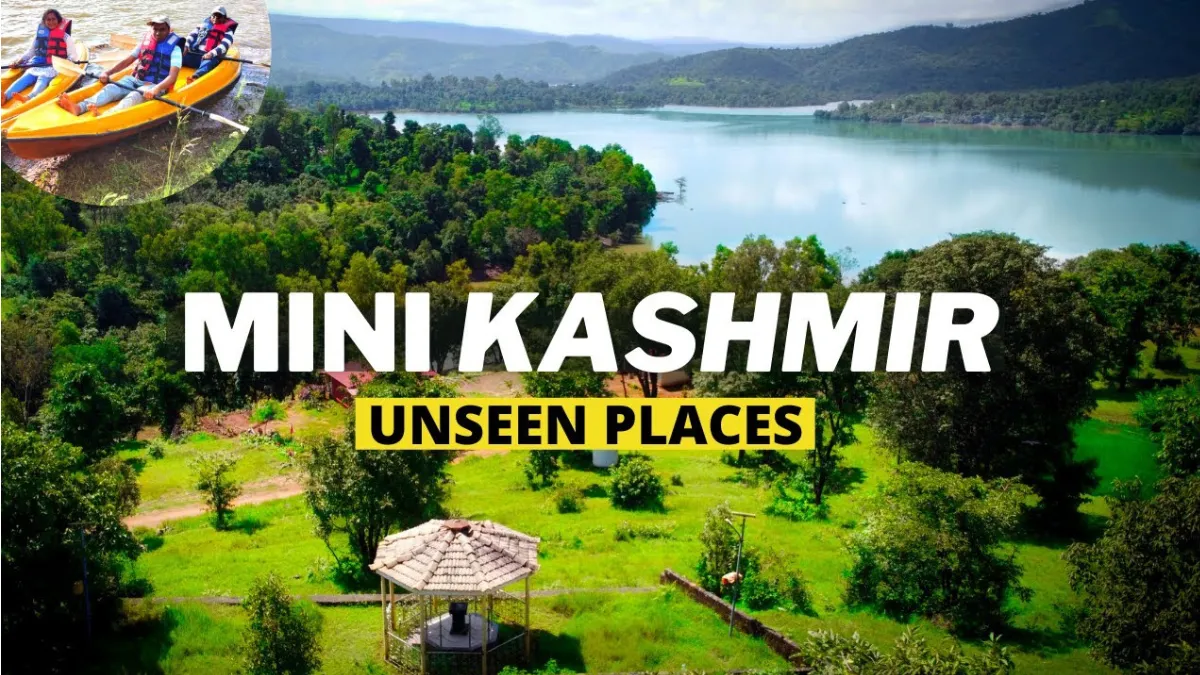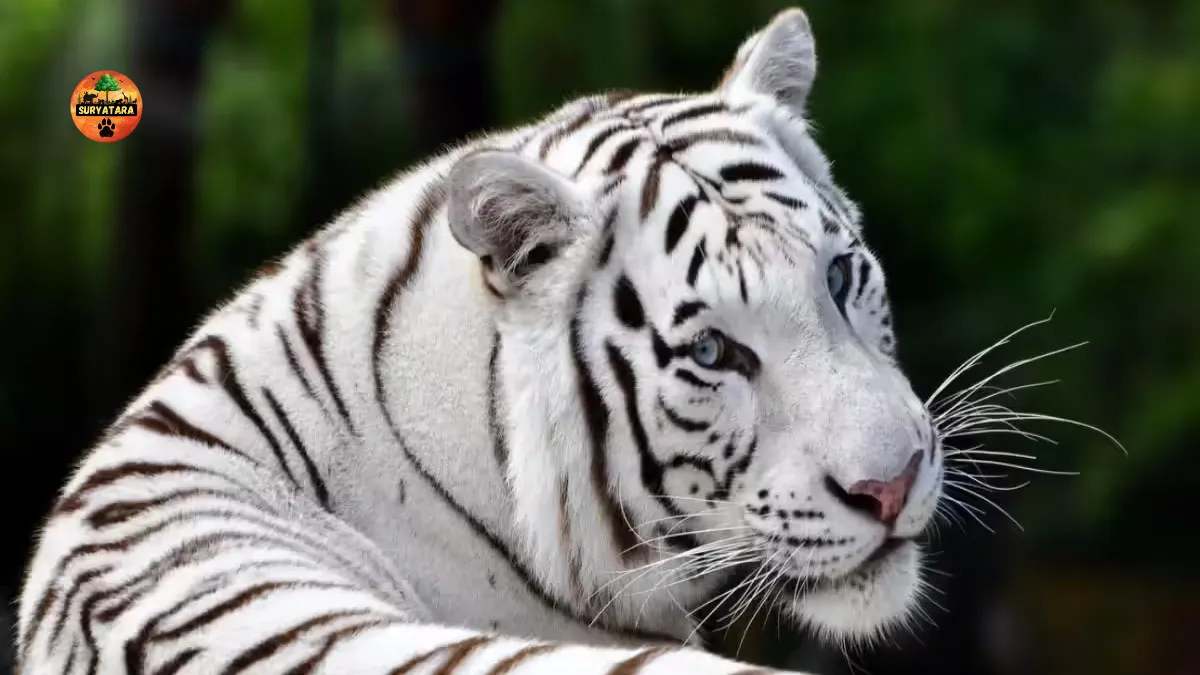Dibang Wildlife Sanctuary is one of the most pristine and less-explored wildlife sanctuaries in India, located in the picturesque Dibang Valley district of Arunachal Pradesh. Nestled in the Eastern Himalayas, this sanctuary is a treasure trove of biodiversity, breathtaking landscapes, and rich tribal heritage. If you’re a nature enthusiast or an adventure seeker, Dibang Wildlife Sanctuary offers an unforgettable experience right from the moment you step into its lush green territory.
Exploring the Wilderness of Dibang Wildlife Sanctuary
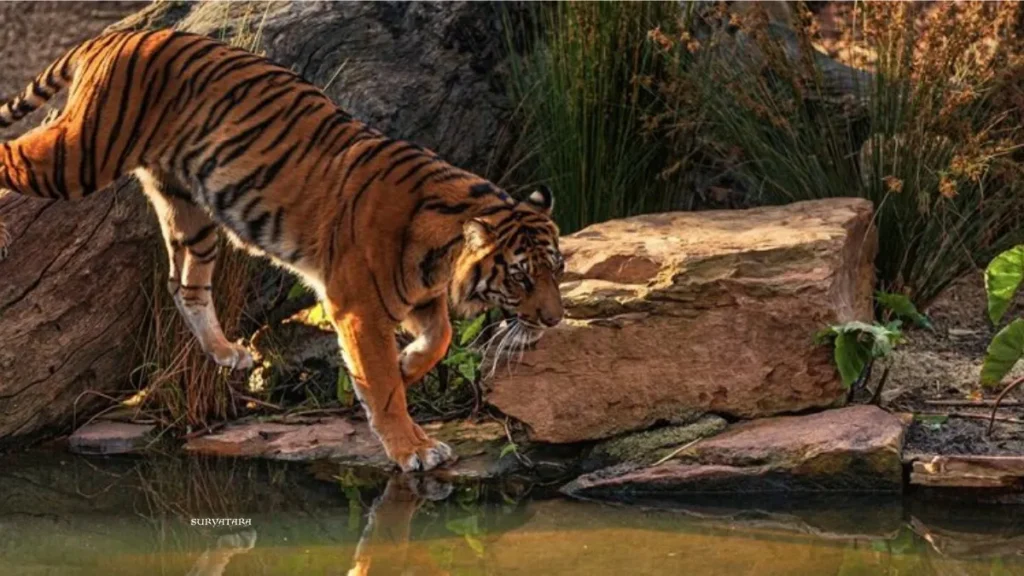
Spread over an area of around 4,149 square kilometers, Dibang Wildlife Sanctuary is among the largest protected areas in Northeast India. It was established in 1992 and has since become a safe haven for several endangered species. The sanctuary is unique because of its varied elevation, ranging from lowland tropical forests to high-altitude alpine meadows, which contributes to its remarkable biodiversity.
Key Details About Dibang Wildlife Sanctuary
| Feature | Details |
|---|---|
| Location | Dibang Valley, Arunachal Pradesh, India |
| Area | 4,149 sq. km |
| Established | 1992 |
| Altitude Range | 1,800 to 5,000 meters above sea level |
| Best Time to Visit | November to April |
| Famous For | Mishmi Takin, Red Panda, Musk Deer |
| Nearest Town | Anini |
The Rich Biodiversity of Dibang Wildlife Sanctuary
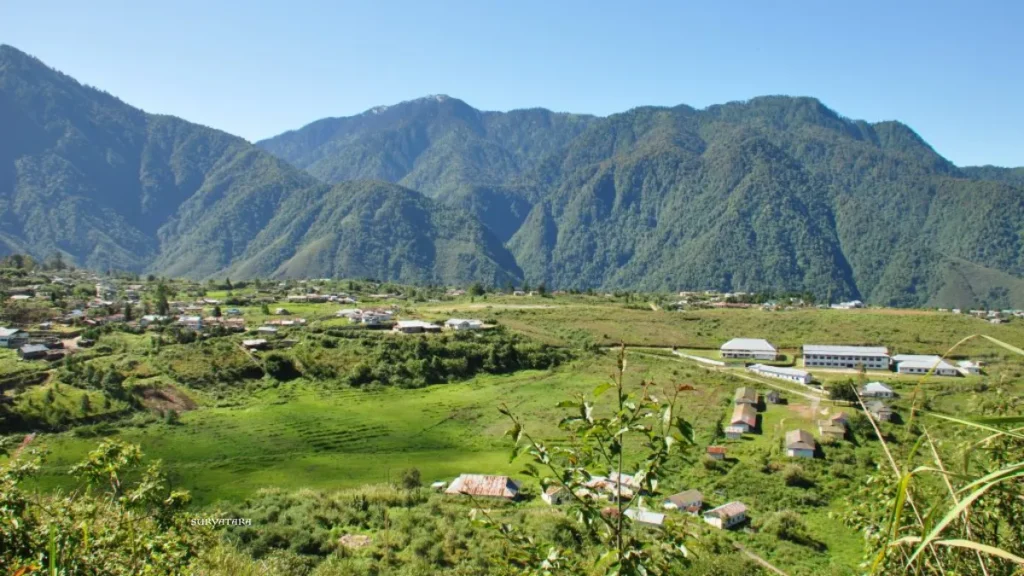
One of the highlights of Dibang Wildlife Sanctuary is its incredible range of wildlife species. The sanctuary is home to the rare and endangered Mishmi Takin, which is also its state animal. Other notable animals include the elusive Snow Leopard, Red Panda, Musk Deer, Clouded Leopard, and various species of civets and bears. Bird watchers will find this place a paradise, as it shelters many exotic birds like Sclater’s Monal, Blyth’s Tragopan, and Ward’s Trogon.
The sanctuary’s flora is equally impressive. With its dense forests of oak, pine, and rhododendron, Dibang Wildlife Sanctuary supports a rich variety of plant life that changes with altitude. The alpine meadows, in particular, bloom with vibrant flowers during the spring season, making it a visual delight.
How to Reach Dibang Wildlife Sanctuary
The nearest town to Dibang Wildlife Sanctuary is Anini, which serves as the base for visitors. To reach Anini, one can travel to Dibrugarh or Tinsukia in Assam, and then proceed via road through Roing and Hunli. The journey itself is an adventure, with winding mountain roads and panoramic views of the Dibang River and surrounding valleys.
Best Time to Visit Dibang Wildlife Sanctuary
The ideal time to explore Dibang Wildlife Sanctuary is between November and April. During these months, the weather is pleasant, and the chances of spotting wildlife are higher. The sanctuary remains covered in snow at higher altitudes during winter, offering spectacular snowy landscapes for trekkers and photographers.
Also read: Nubra Valley Wildlife Sanctuary: The Untamed Wilderness of Ladakh
Conservation Efforts and Ecotourism
Dibang Wildlife Sanctuary plays a crucial role in conserving the unique biodiversity of Arunachal Pradesh. Various governmental and non-governmental organizations are actively involved in protecting the habitat and wildlife. Ecotourism is slowly gaining momentum here, offering an alternative livelihood for the local Mishmi tribes while ensuring the sanctuary’s preservation.
Why You Should Visit Dibang Wildlife Sanctuary
If you are looking for a destination that combines wildlife, adventure, and cultural richness, Dibang Wildlife Sanctuary is the perfect choice. Its untouched beauty, rare species, and serene environment make it an offbeat gem waiting to be explored. Whether you are a wildlife researcher, trekker, or someone looking to disconnect from the hustle of city life, this sanctuary offers an enriching experience.
Also read: Talley Valley Wildlife Sanctuary: A Hidden Gem of Arunachal Pradesh
conclusion
In conclusion, Dibang Wildlife Sanctuary stands as a testament to India’s natural wealth and ecological significance. Visiting it not only offers adventure and discovery but also contributes to the conservation of one of the world’s most fragile ecosystems.
